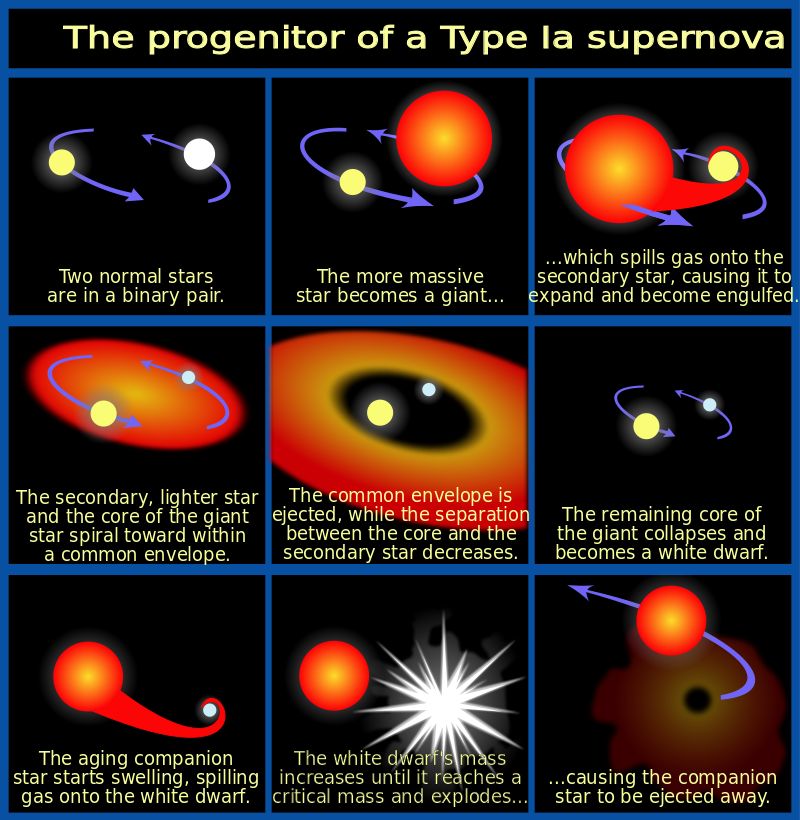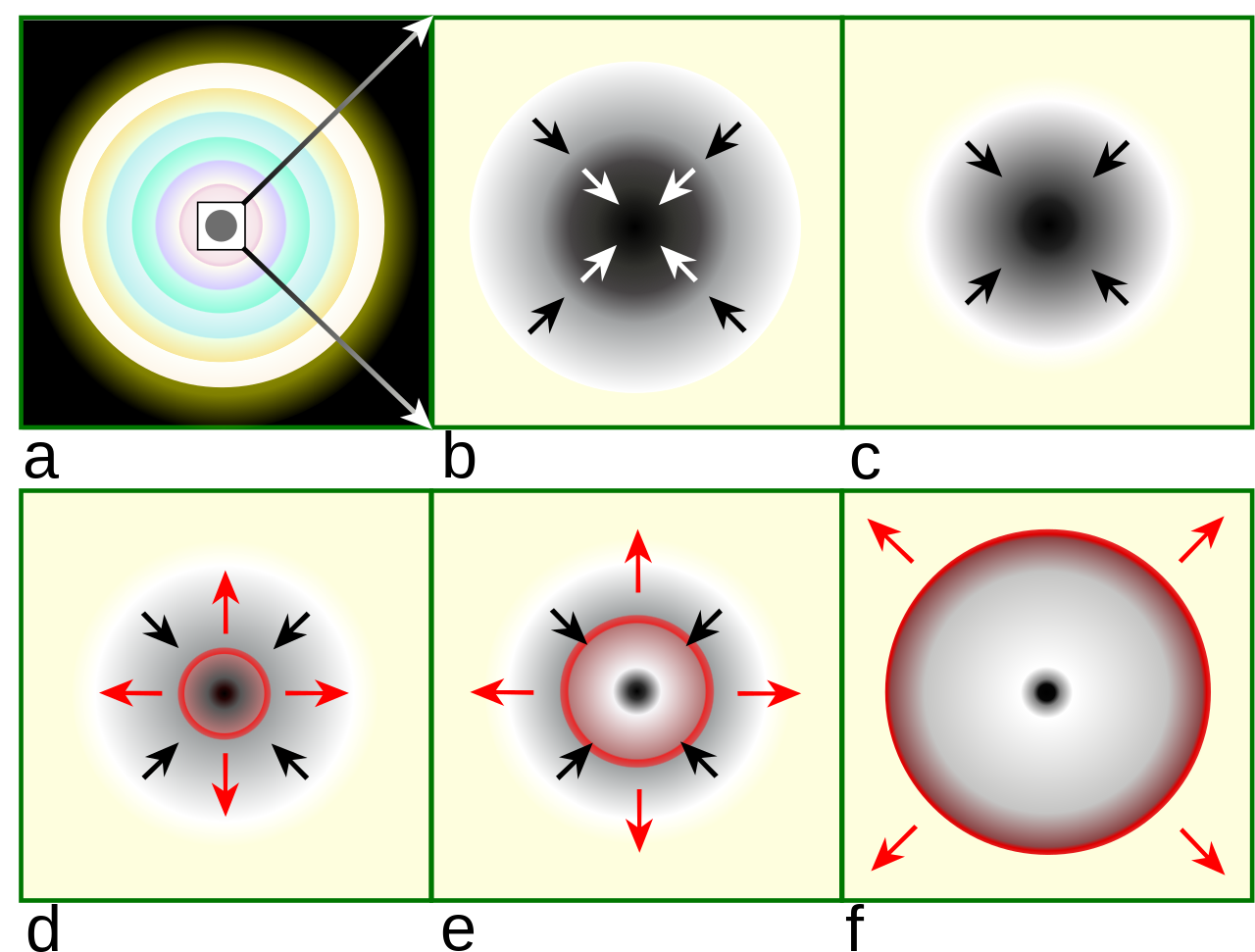What is a Supernova?
Just a big blast?
Let's delve into the fascinating phenomenon of supernovae! These cosmic events are like fireworks on a grand scale in the universe, captivating astronomers and stargazers alike. In this article, we'll explore what supernovae are, their types, how they occur, their significance, and more.
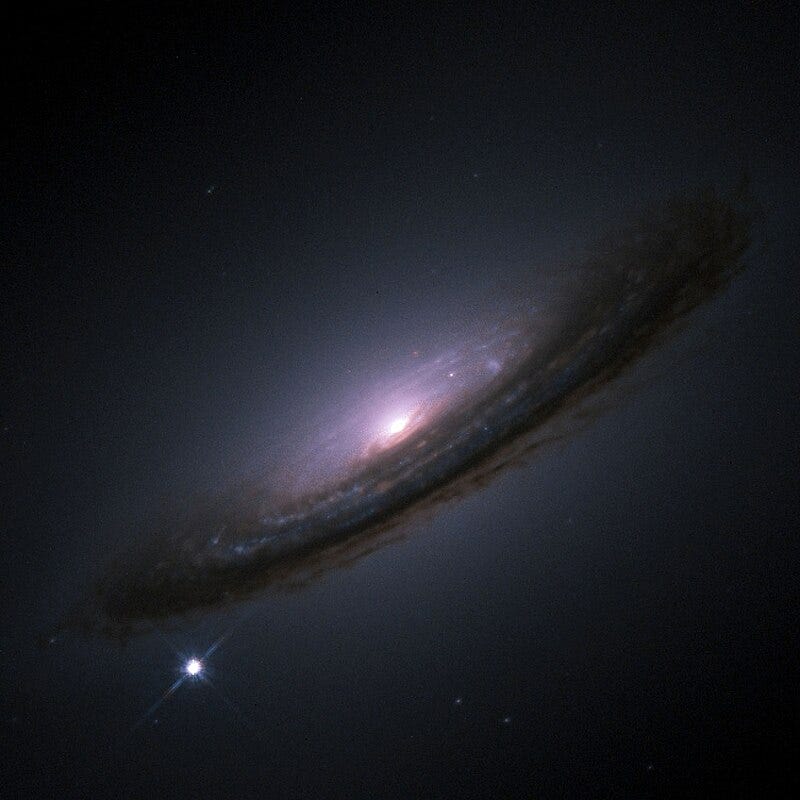
Etymology and Meaning:
The term "supernova" finds its roots in Latin, where "nova" refers to a "new star." This name was given because, historically, supernovae were often observed as sudden appearances of new stars in the sky, brighter than any others. However, in modern astrophysics, the term refers to the explosive death of massive stars rather than the birth of new ones.
Types
There are two primary types of supernovae: Type I and Type II. These classifications are based on the presence or absence of certain spectral lines in their light spectra. If a supernova's spectrum contains lines of hydrogen it is classified as Type II; otherwise it is Type I
Type I Supernovae
Type I supernovae occur in binary star systems where one of the stars is a white dwarf—a dense remnant of a star that has exhausted its nuclear fuel. There are several subclasses within Type I supernovae, but the most common is Type Ia, which involves a white dwarf accumulating material from a companion star until it reaches a critical mass (called Chandrasekhar limit), triggering a runaway nuclear fusion reaction that obliterates the star.
Type II Supernovae
Type II supernovae are the result of massive stars—those at least eight times more massive than our Sun—reaching the end of their lives. These stars undergo a series of nuclear fusion reactions until they can no longer sustain themselves, leading to a catastrophic collapse followed by a powerful explosion.
Refer to the diagram above: Within a massive, evolved star (a) the onion-layered shells of elements undergo fusion, forming an iron core (b) that reaches Chandrasekhar-mass and starts to collapse. The inner part of the core is compressed into neutrons (c), causing infalling material to bounce (d) and form an outward-propagating shock front (red). The shock starts to stall (e), but it is re-invigorated, likely by neutrino heating. The surrounding material is blasted away (f), leaving only a degenerate remnant.
Before and After
Before a supernova explosion, the star may undergo several stages of nuclear fusion, burning heavier and heavier elements until it exhausts its nuclear fuel. After the explosion, the remnants of the star—either a neutron star or a black hole—may remain, surrounded by a glowing shell of expanding gas and dust called a supernova remnant.
History and Significance
Supernovae have been observed and recorded by humans for centuries. The earliest record of a possible supernova, known as HB9, was likely viewed by an unknown prehistoric people of the Indian subcontinent and recorded on a rock carving, dated to 4500±1000 BC. One of the most famous historical supernovae is SN 1054, which created the Crab Nebula and was observed by Chinese astronomers in the year 1054 CE.
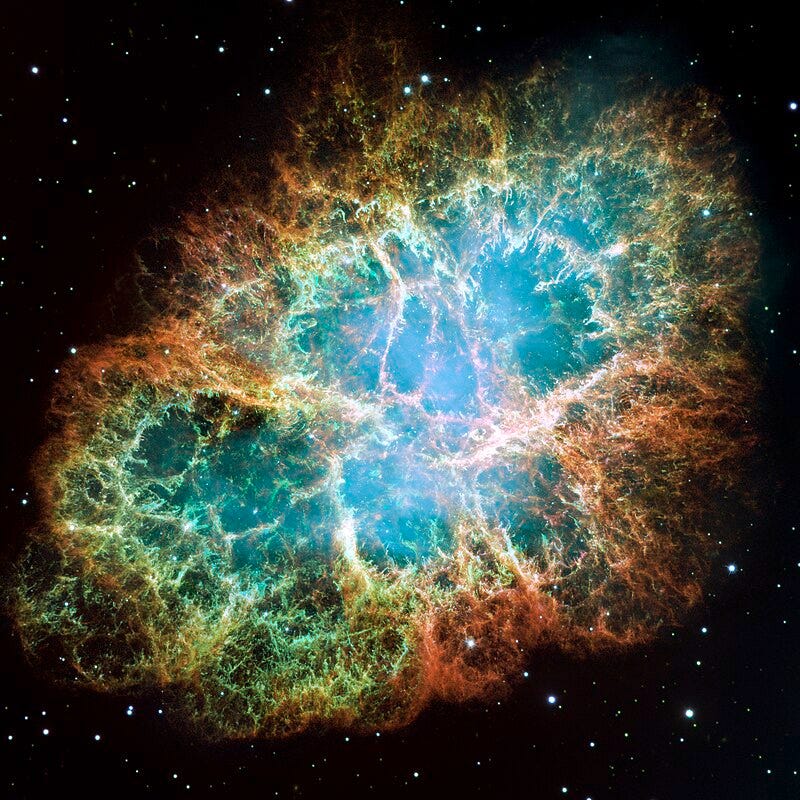
Today, supernovae play a crucial role in astrophysics, serving as cosmic laboratories for studying the behavior of matter under extreme conditions and providing insights into the formation of elements essential for life.
Significance in Distance Measurement
Supernovae also serve as essential tools for measuring cosmic distances. Type Ia supernovae, in particular, have a remarkably consistent peak luminosity, because of the fixed critical mass at which a white dwarf will explode. This makes them "standard candles" for measuring distances in the universe. By comparing the observed brightness of a Type Ia supernova with its intrinsic brightness, astronomers can determine its distance from Earth and, by extension, the distance to its host galaxy.
Difference from Nova
While both supernovae and novae involve sudden increases in brightness, they are fundamentally different phenomena. Novae occur in binary star systems where a white dwarf accretes material from a companion star, causing periodic eruptions that result in a temporary increase in brightness. Supernovae, on the other hand, are catastrophic explosions that mark the end stages of stellar evolution, resulting in the destruction of the star.
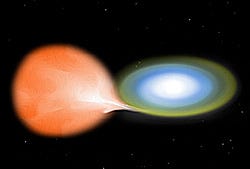
We hope this article gave you a good overview of this fascinating (and explosive) phenomenon of Supernova. Next Sunday, we will go deep in another exciting topic related to rocket and space science.



